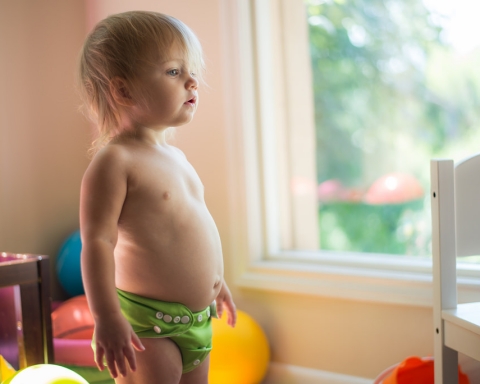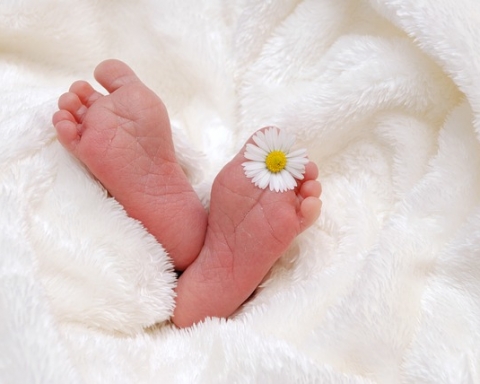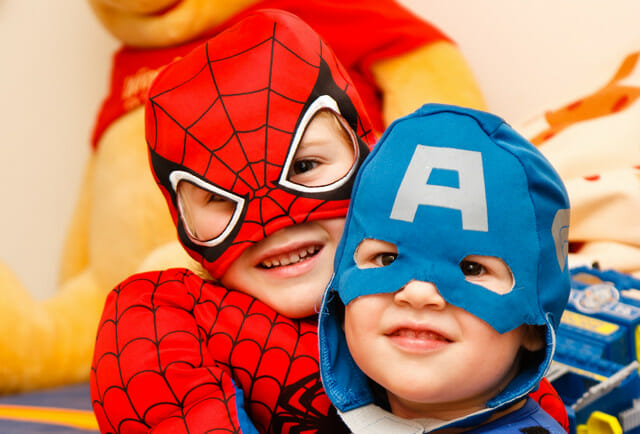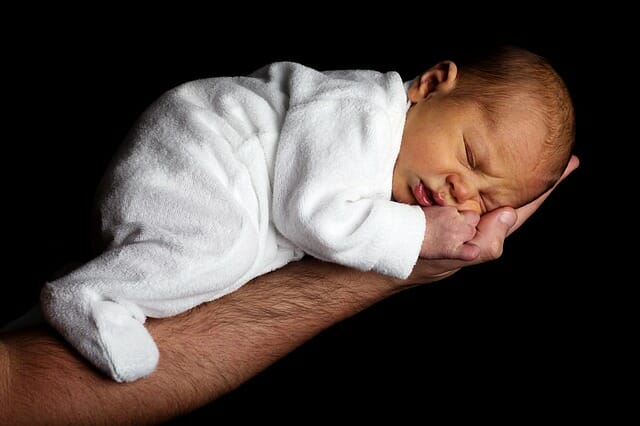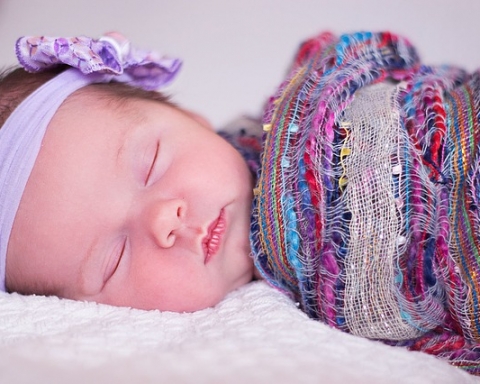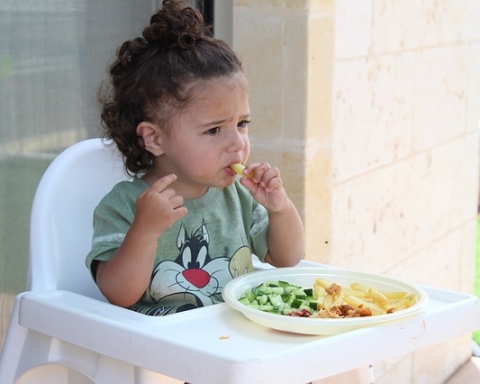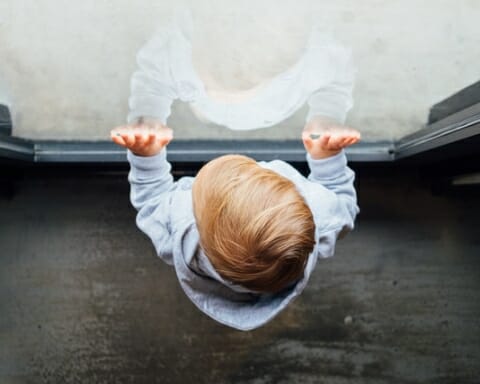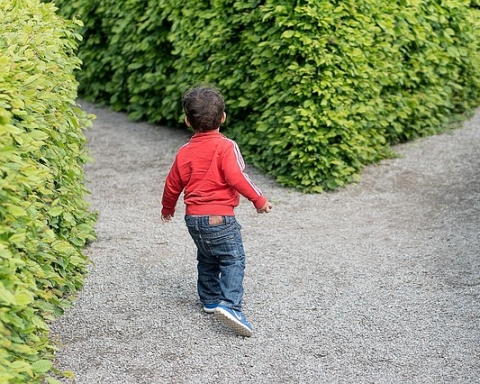Positive parenting solutions are needed for various parenting challenges. Putting diapers on a newborn seems like a straightforward and easy task; however, not all parents get it right in their initial attempts.
Disposable diapers can be too loose, too tight, or even put on backward. This causes inevitable leaks, poop explosions, and huge messes to clean up. Sizes can be mixed up, or diapers can be outgrown too quickly. Furthermore, diapers can get expensive when parents have more than one child in diapers and are living on a modest income. Nevertheless, parents should stock up often so they always have an adequate supply.
Here are some diapering mistakes parents make that can have implications on the baby’s health and comfort as well as on the parents’ budget.
Changing Diapers Again and Again
Babies pee as many as twenty times in a single day. Overly concerned and enthusiastic parents often think that they need to replace a slightly wet diaper with a fresh one every hour. This kind of obsessiveness can be very time-consuming and can leave parents exhausted. Frequent changes also add up very quickly. Parents may end up buying a huge amount of diapers every time they go to the grocery store, which can put a huge dent in an already stretched budget.
The truth is that today’s specially designed diapers contain pulp and superabsorbent polymers that helps the surface stay dry for hours. The wetness stays locked in the polymers in the form of a gel. In fact, according to some research, “Superabsorbent disposable baby diapers are sophisticated, well-engineered products that provide many benefits including convenience, comfort, exceptional leakage protection, improved hygiene and skin care benefits compared with cloth diapers.”
A diaper that is barely wet can hold up for two to three hours. The baby doesn’t need to be checked and changed religiously. However, a poopy diaper has to be changed right away because if the poop stays in contact with the skin, it can lead to skin irritation and rashes.
Another thing that can save a significant amount of money is sticking to a diaper size for a while and not changing it too much. Why? The bigger the diaper size, the fewer diapers there are per pack. In the long run, this can be very expensive. Unless the baby is putting on a lot of weight quickly, it can go on wearing a snug-fitting diaper.
Trying to Change a Diaper in the Middle of the Poop
Anxious and duty-bound parents often try to change a diaper right away when they think their baby is pooping. However, when they open a diaper in the middle of a poop, it leads to a poop explosion, or the fresh diaper (or several diapers) ends up soiled. At times, the bedding or other surface that the baby is lying upon can also get soiled.
This just causes extra cleaning, hassles, headaches, and wasted diapers. To avoid this issue, parents should open a diaper only when they are absolutely sure that their baby is completely done pooping. Pooping is usually accompanied by verbal cues and noises like grunting, so don’t try to open the diaper when the baby is straining and grunting. Wait for 10 to 15 minutes, then open and change the diaper.
Not Stocking Up
Everyone hates carrying a bulky diaper bag when going out, but running out of diapers in the middle of a trip or in the middle of nowhere can be pretty frustrating. Parents are usually confident that this or that many diapers are enough to last a trip but can sometimes be mistaken.
Sometimes the baby might unpredictably end up peeing or pooping more than usual, and then parents have to go through the hassle of finding a shop where they can buy more diapers. When parents are in dire need of a diaper, they tend to pay any price for it, even if expensive, because finding the best price is far from their minds. So, it can be costly.
When stocking up, pack plenty of diapers as well as wipes, changing pads, and a change of clothes, too. Put a few diapers in the car, too, for emergencies.
The Diapering Surface
Diaper changing tables are pretty awesome, but not everyone is able to buy one if money is a bit tight. Nevertheless, the location and surface where the diaper is changed is important. Babies can wriggle and fall from most places, even from a changing table, if the parent turns away for a moment. Therefore, stock up on diapers, wipes, diaper rash cream, and a changing pad before attempting to change a diaper. Also, place the baby on a secure surface.
Soft surfaces like a bed can be comfortable for the baby, but wriggling and rolling over can lead to leaks and messes. If you must use a bed, secure the edge of the bed with a pillow during the diaper change. Sofas are usually the worst place for changing diapers, so they should be avoided. Changing the diaper on the floor, with a changing pad placed underneath the baby, is a far safer choice. Unless the floor is carpeted, a floor is usually easier to clean in the case of a leak or accident.
Relying Solely on Wipes
Wipes are undoubtedly very convenient for cleaning a baby’s bottom, but commercial wipes are loaded with chemicals, so excessive use can irritate a baby’s soft skin. Wipes can also be costly. The best thing for a baby’s bottom is to wash it off with plain soap and water or to use washable terry wipes. Due to their specific texture, terry wipes can reach into nooks and crannies and get all the poop out. They also can be washed, dried, and reused, which means saving money in the long run.
Too Tight or Too Loose
One mistake that new parents often make is they put on the diaper too snugly, fearing leaks, or they put it on too loosely for the sake of their baby’s comfort. Either way, there could be problems. A tight diaper leaves marks on the baby’s body, causing chafing, colic, and gastric issues. On the other hand, a loose diaper can slip off and leave a mess everywhere. The best strategy is to fasten the diaper, then insert a finger between the diaper and the baby’s tummy and the diaper and the leg area. If you are able to lift the finger slightly, then the diaper should be comfortably in place.
Ignoring Rashes
Rashes are inevitable. According to one patent, “One of the most common skin problems with infants relates to diaper rash, also known as diaper dermatitis. One study conducted with infants less than two years of age concluded that almost two-thirds of all infants suffer from diaper rash of some degree.”
If a baby has been wearing a wet or poopy diaper for too long, the prolonged wetness, the friction from the diaper, the ammonia in the urine, and the acidic content of the runny poop may lead to redness, soreness, and even thrush. In addition, plastic overpants over disposable or cloth diapers can cut off air circulation. It may seem inconvenient or potentially messy, but a baby’s bottom should be aired frequently.
It is better to use a barrier cream like petroleum jelly and castor oil during diaper changes. Talcum powder should be avoided because a residue builds up over time and the fragrance may irritate the raw skin further. In the case of a severe diaper rash, a doctor may prescribe a cortisone cream.
Not Paying Attention to the Delicate Parts
The baby’s delicate private parts need care and attention during cleaning. Wiping should be done front to back only in girls since fecal matter can get inside the vagina or the urethra and cause infections.
Likewise, proper care is needed during diapering after circumcision in boys. Use diapers that are one or two sizes larger for a few days to allow the circumcised area to heal without friction. Also, diapers should be changed every hour or two to prevent infection. Wipes shouldn’t be used while the circumcision is healing. A wet cloth or cotton ball can be used for cleaning instead.
Parenting can be challenging for new parents or when parents have limited information, experience, and resources; however, seeking and finding positive parenting solutions can help parents overcome most problems.
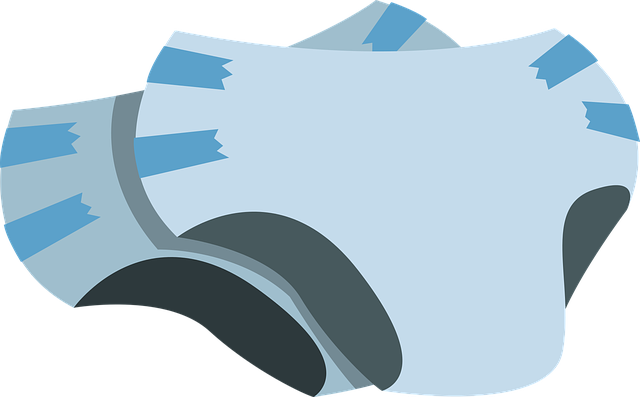
References
- Sibley, Murray J., Donald E. Hartung, and Rosalyn Ruland. “Buffered diaper rash cream.” U.S. Patent 5,362,488, issued November 8, 1994. Retrieved from https://patents.google.com
- Kosemund, Kirstin, Harald Schlatter, Jennifer L. Ochsenhirt, Edburga L. Krause, Daniel S. Marsman, and Geetha N. Erasala. “Safety evaluation of superabsorbent baby diapers.” Regulatory Toxicology and Pharmacology 53, no. 2 (2009): 81-89. Retrieved from https://www.sciencedirect.com


